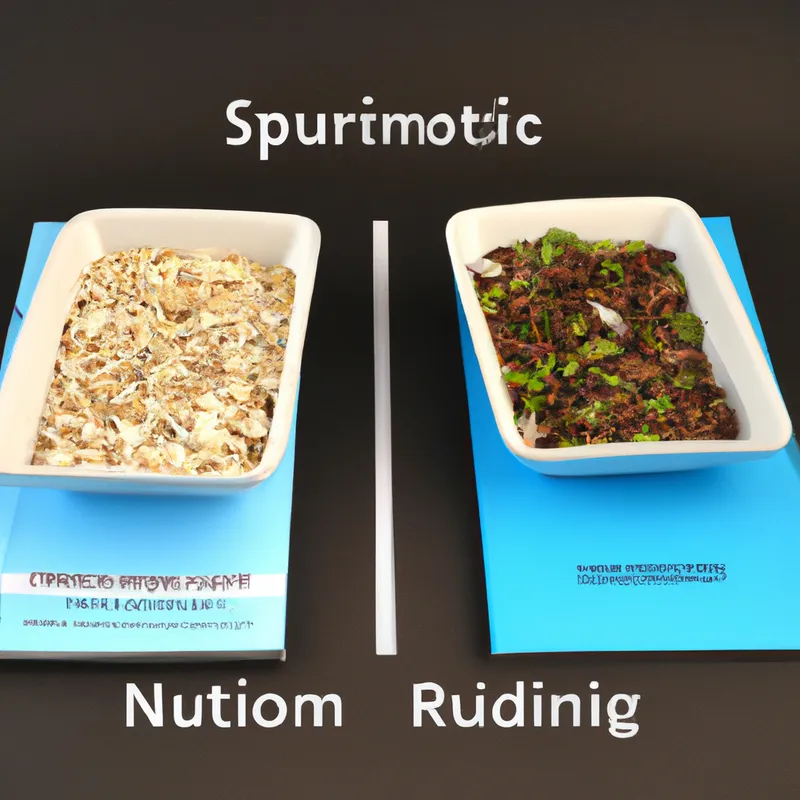Energize Your Distance: Food Choices That Matter
Nutrition for Sprinting vs. Distance Running
Nutrition significantly affects athletic performance, especially for runners. Sprinters and distance runners aim to enhance performance, but their dietary needs differ. These differences impact energy systems, recovery, and health. Let’s explore the unique nutritional needs of sprinters and distance runners, focusing on energy sources, meal timing, hydration, and tailored nutrition.
Understanding the Energy Systems
Understanding energy utilization helps clarify nutritional differences between sprinters and distance runners. Sprinters primarily use anaerobic metabolism for immediate energy. This system relies on stored ATP and creatine phosphate, supporting short bursts of activity like a 100-meter dash.
Distance runners depend on aerobic metabolism, which requires oxygen. This system converts carbohydrates and fats into energy for extended periods. Distance runners sustain performance longer, leading to unique nutritional needs compared to sprinters.
Carbohydrates: The Fuel Source
Carbohydrates serve as the main fuel source for both sprinters and distance runners, but timing and types differ. Sprinters benefit from quick-digesting carbohydrates for immediate energy. Ideal choices include bananas, energy gels, and sports drinks. Eating these carbohydrates shortly before a race boosts glycogen availability and enhances performance.
Distance runners need a sustained energy source. They should prioritize complex carbohydrates for a slower, consistent energy release. Whole grains, oats, sweet potatoes, and legumes work well. Consuming complex carbohydrates days before a race helps distance runners build glycogen stores for long runs.
Protein for Recovery and Muscle Repair
Protein plays a crucial role in muscle repair and recovery for all athletes. Sprinters should prioritize protein intake post-workout to aid muscle recovery and growth. High-quality protein sources include chicken, fish, eggs, dairy, beans, and lentils.
Distance runners also need protein, but their requirements may be slightly lower. While protein supports recovery, distance runners should maintain a balanced diet. Including legumes, nuts, seeds, and dairy helps meet their nutritional needs.
Conclusion
Nutrition significantly influences performance for both sprinters and distance runners. Understanding these differences enhances energy management, recovery, and overall health.
Below are related products based on this post:
FAQ
What are the primary energy systems used by sprinters and distance runners?
Sprinters primarily use anaerobic metabolism for immediate energy, relying on stored ATP and creatine phosphate for short bursts of activity. In contrast, distance runners depend on aerobic metabolism, which requires oxygen to convert carbohydrates and fats into energy for extended periods.
How do carbohydrate needs differ between sprinters and distance runners?
Sprinters benefit from quick-digesting carbohydrates for immediate energy, such as bananas, energy gels, and sports drinks, consumed shortly before a race. Distance runners, however, require complex carbohydrates for a sustained energy release, opting for foods like whole grains, oats, and sweet potatoes, especially in the days leading up to a race to build glycogen stores.
What role does protein play in the diets of sprinters and distance runners?
Protein is essential for muscle repair and recovery for both athletes. Sprinters should focus on post-workout protein intake to aid muscle recovery, while distance runners need protein as well but in slightly lower amounts, ensuring they maintain a balanced diet that includes sources like legumes, nuts, seeds, and dairy.















Post Comment